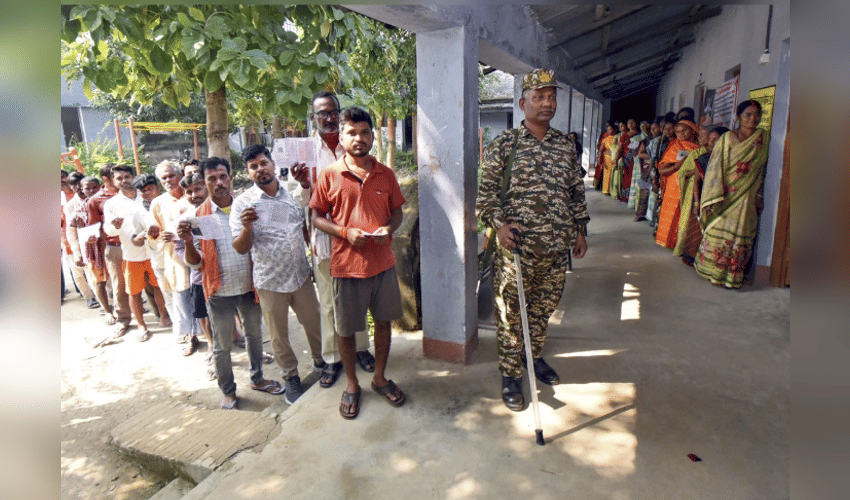News
Record Voter Turnout Boosts the Stakes in Bihar Assembly Elections First Phase.

The first phase of the 2025 Bihar Assembly elections recorded a historic voter turnout of 64.66%, the highest ever in the state's electoral history. This remarkable increase surpasses the previous record of 62.57% set way back in 2000 and also exceeds the 56.2% turnout in the corresponding phase of the 2020 elections. Around 121 assembly constituencies spread across 18 districts witnessed enthusiastic voter participation, signaling a heightened political engagement among Bihar's electorate.
This surge in turnout is particularly notable given the backdrop of a comprehensive revision of the electoral rolls conducted by the Election Commission to weed out duplicate and deceased voters. Despite the deletion of nearly 47 lakh names from the voter lists, the count of voters who cast their ballots remained robust, indicating a genuine and spirited turnout rather than mere statistical inflation. The Election Commission credited extensive voter awareness campaigns and smooth polling processes for encouraging this historic participation.
High voter turnout often serves as a double-edged sword, conventionally interpreted as a sign of anti-incumbency sentiment—a desire for change and political renewal. However, political analysts caution that it can also represent strong public endorsement of the current government, making the outcome hard to predict. This complexity adds to the suspense around the Bihar elections, which are being keenly watched as a litmus test for the incumbent leadership under Chief Minister Nitish Kumar and the opposition alliances that aspire to unseat them.
The peaceful and well-organized conduct of polling, coupled with notable participation from women voters and accessible polling arrangements for persons with disabilities, has further added to the positive democratic atmosphere. Voters from rural areas went to the polls using varied means—some even traveled by buffalo cart or boat—illustrating the deep-rooted commitment to exercising the franchise in Bihar's diverse socio-economic landscape.
As the election moves towards its subsequent phases, this unprecedented first-phase turnout sets the stage for an intense political contest. The November 14 counting will reveal whether this vibrant electoral engagement signals a mandate for continuity or a call for change. For observers and citizens alike, the turnout surge underscores the vitality of democracy in Bihar, highlighting the state’s crucial role in shaping India's political future.



